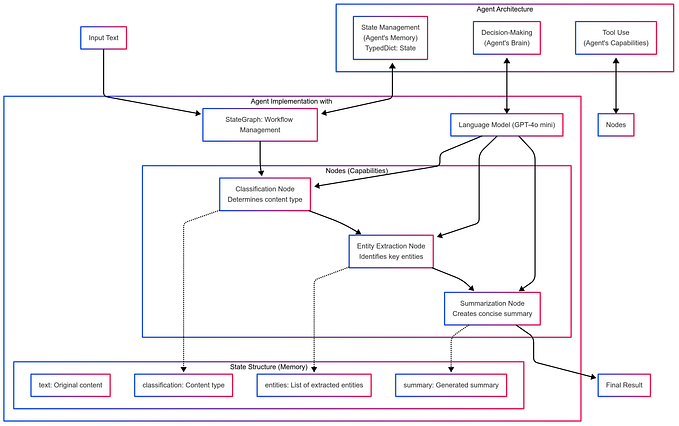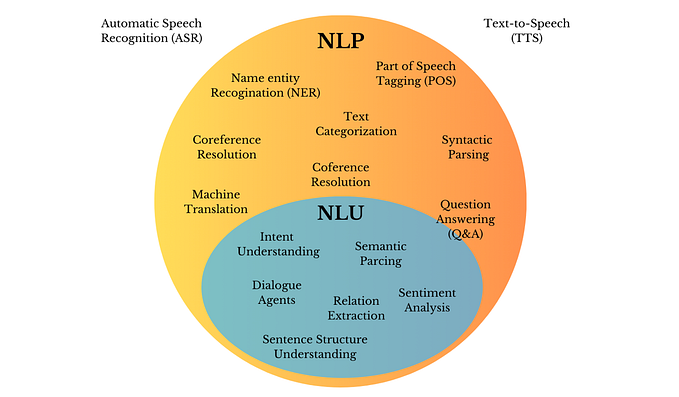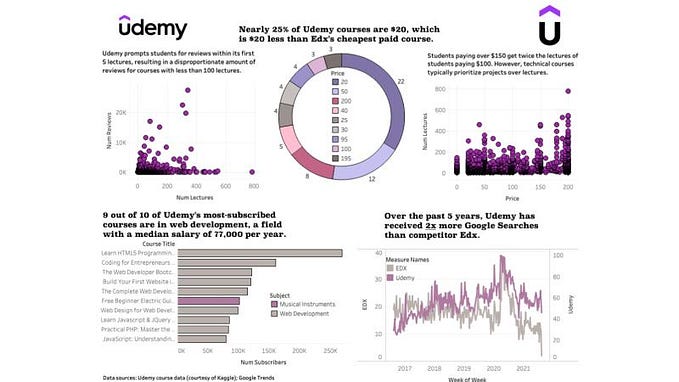
When building an AI model, AI needs to be taught or trained before it can give the prediction. So, your AI model’s precision is strongly connected to the accuracy of the training data used to create it. Let’s learn why data labeling is a decisive part of data preparation progress which make up 80% of AI project time and how data labelling’s existence fosters both the quantity and quality of this progress.
What is Data Labeling?
In machine learning, data labeling or annotation is the process that lends meaning to your raw data (images, text files, video,..), adding a crucial layer to create metadata that establishes a link between the raw data and the prediction your model is learning to generate.
Though data labeling, human can improve the accuracy, usability and quality in multiple contexts across industries, its more noticeable in some use cases, such as computer vision, natural language processing, and speech recognition.
How many types of labeling?
After knowing what is data labeling, we move to understanding how many types of it and what the difference among them. There are 3 types of data labeling:
- Image classification: This is the most basic type of data annotation. Its purpose is to identify the class of an object in an image and used to train a model to recognize the existence of an object across images with simple tagging. For instance, you might want to classify an object, such as “a car” “tree” in an image.
- Object detection: This type of annotation used to identify the location of an object in an image. What you need to do is draw a box around the object. It usually to use for image with a lot of object.
- Segmentation: Specific objects in a picture can be located and separated using segmentation annotations. Medical images like X-rays and MRI scans frequently contain this kind of annotation. Segmentation may also be used to isolate particular elements in a scene, such as individuals cars or people.

How does data labeling work?
Data labeling is a process and it start with labeled data — the data that the model can learn from to make correct predictions. The first step commonly starts by asking humans to give meaning about a given piece of unlabeled data to generate metadata for machine learning. This process can be simple by answering yes/no questions or as detailed as identifying the specific pixels in the image associated with a nodule.
The result of this step is used as the ground truth for machine learning algorithms to learn and then make the prediction on new data. The AI model’s precision is strongly connected to the accuracy of the training data used to create it, so dedicating time and resources to ensure the accuracy are crucial.

How to label data in data labeling process?
To answer this question, imagine it as an assembly line that receives source data as unprocessed inputs and produces useful metadata as outputs in a language that machine learning algorithms can comprehend and apply to generate predictions.
So, It’s very important to know each data labeling method and choose an appropriate one. Here are some ways to label data: in-house, outsourcing, synthetic labeling, programmatic labeling, by machine labeling.

Which tooling platform for data labeling should you choose?
Because of labeling-production for machine learning requires smart software tools and skilled human in the loop. So choosing between build it by yourself or to buy it from a third party to maximize data quality and optimize workforce investment is important decision.
Here is 3 steps to help you choose data labeling tool:
- Narrow tooling based on your use case: Each tool in data enrichment feature, quality capabilities, storage option, etc. Features for labeling may include bounding boxes, polygon, 2-D and 3-D point, semantic segmentation, and more.
- Compare build vs buy options: Building your own data labeling tool can generate an array of benefits such as: data securities, software adjustment, strong control. However, using data labeling software or buy a commercially available tool is more affordable in the long run because it helps you save your human resources by allowing them to focus on their core objective and decrease workload for your product development team.
- Consider organization’s size and growth stage: Depend on each stage an appropriate option will suit to you. There is 3 stages of growth stage and recommend tooling for each stage:
- Getting started
In this stage, you may wanna minimize the cost to get your process started. In this time, commercially available options including open source, open dataset is the best choice for your corporation to access.
You can take consideration into VinLab Open Source — an open source platform for medical image annotation. It has been developed to remove the ground-truth barrier AI teams met to build meaningful medical AI applications.
- Scaling the process
In this growth stage, commercial available tools are likely your suitable choice. With minimal to no development change, you may lightly customize, configure, and deploy features. If you’d prefer, open source solutions can provide you more control over integration, security, and changeability. If you choose build your own tools, remember it acquire a big commitment and effort require to maintain that platform in a long time.
Scale is one of the leading data labeling platform in option choosing a commercial available tools. There mission is to accelerate the development of AI applications.
- Sustaining scale
In this stage, you might want to sustain that growth overtime. For this purpose, commercial software and self-built platform may be your good choice. Commercially-viable tools that are fully customized and require few development. Or self-build software can support for your long-term project and maximum your control and security.
Thanks for reading!
If you are finding information about machine learning, artificial intelligent or data in general or medical field. Follow us to acquire more useful knowledge about this 3 keywords.
Contact
Email: info@vinlab.io
Twitter: https://twitter.com/VinLab_io
YouTube: https://www.youtube.com/@Vinlab-MedicalImageAnnotation
Open source project: https://github.com/vinbigdata-medical/vindr-lab








